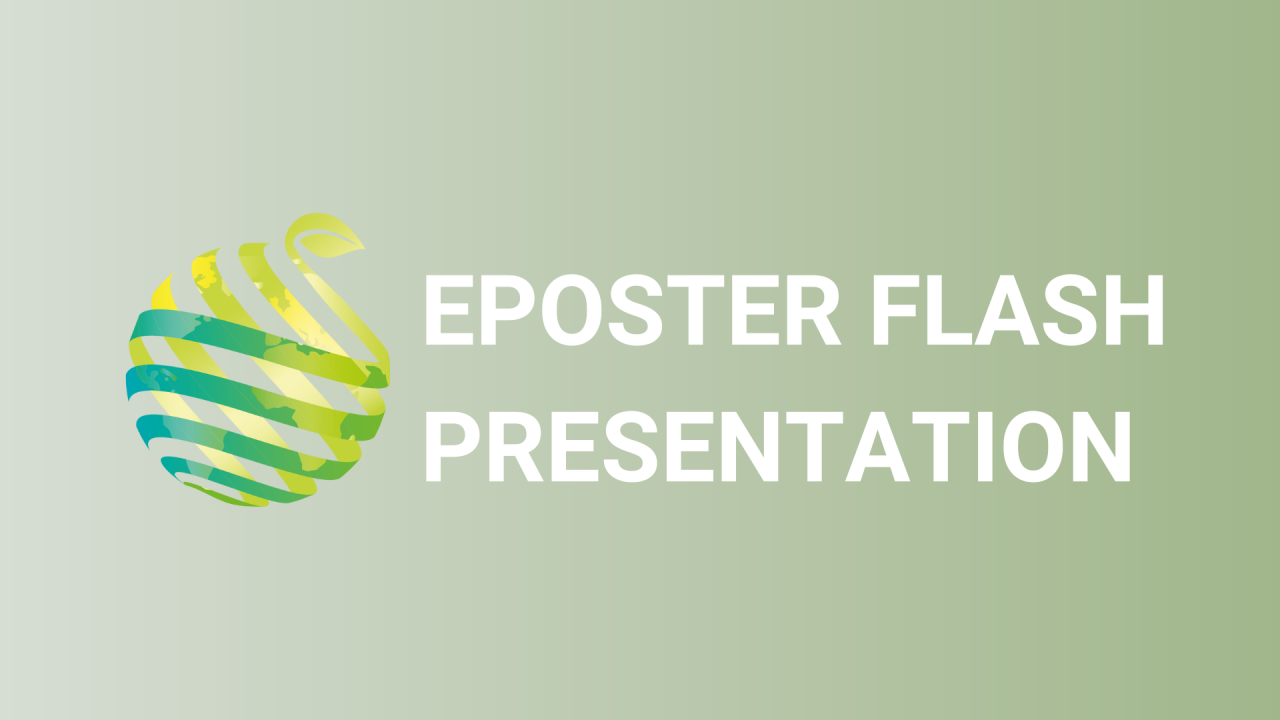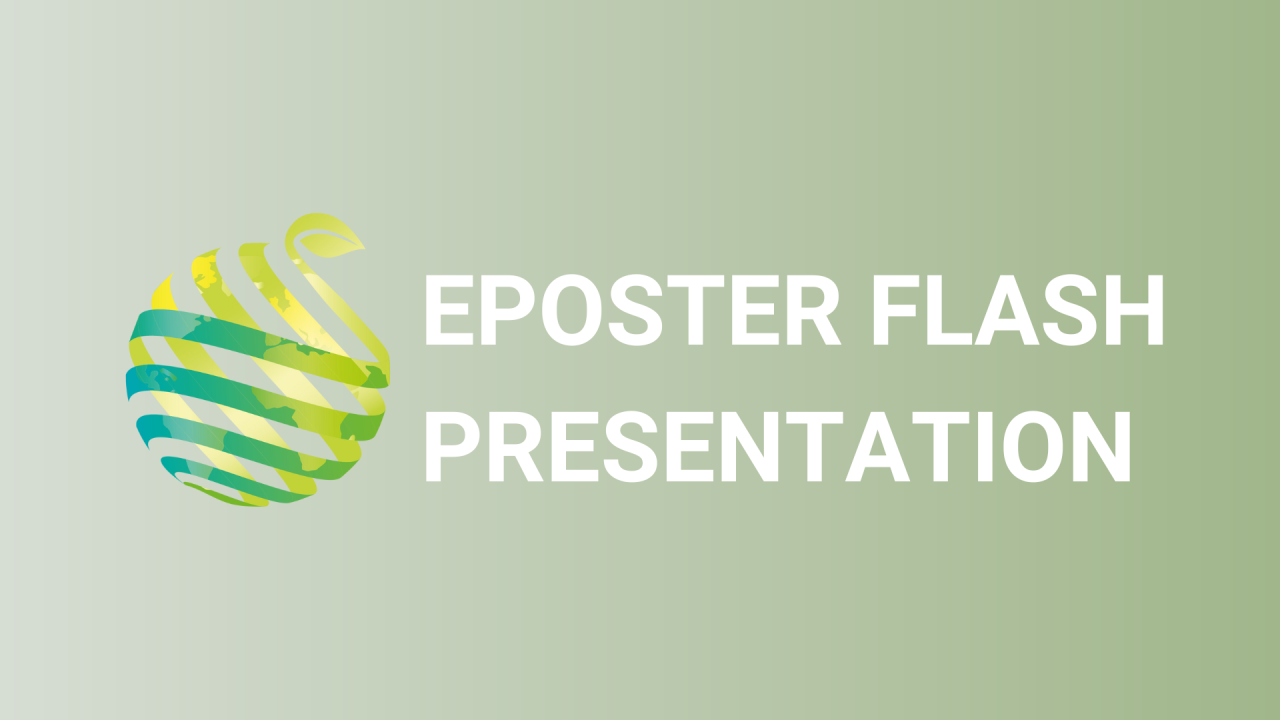

S01 - Session P2 - Hybridization assays in Hibiscus rosa-sinensis L.: artificial pollination, cloning of F1 seedlings and molecular analysis of the hybrids
Information
Authors: Mariana Neves *, Jéssica Batista, Ana Pedrosa, Tércia Lopes, Sandra Correia, Jorge Canhoto
Hibiscus rosa-sinensis L. (China rose, Malvaceae) is a popular ornamental species cultivated in tropical and subtropical regions around the world for the beauty of its flowers. The edible flowers are used to make infusions and added to salads as well as to prepare jams. The red cultivar is the most popular in Portugal and in temperate regions, but other cultivars are gaining market share, especially yellow, pink and orange. Most genotypes produce a reduced number of fruits and seeds, likely because the hermaphrodite flowers require specific insects for pollination and also due to the considerable distance (at least 1 cm depending on the cultivars) between the stigmata and the underlying anthers. Trying to obtain new genotypes and to develop cultivars more adapted to the temperate climate, we have started a hybridization program. Genotypes of different colors were intercrossed and F1 lines cloned to obtain a large number of plants for phenotyping evaluation and to establish protocols for cloning potential interesting hybrids, which are often sterile. Finally, the obtained hybrids were analysed by RAPDs. The results showed that in vitro pollen germination requires at least 16% sucrose. However, even in these conditions germination did not rise above 10%, which may explain the reduced number of fruits and seeds produced by most of the cultivars tested. However, when artificial pollinations were carried out, either in vitro or in situ , higher rates of pollen germination were found, reaching 37%. Taken together, the results seem to indicate that, i n vivo , effective pollination and subsequent fruit development require specific vectors that may not exist in the regions outside the natural area of distribution. Seeds from different crosses were obtained, but the rate of fruit production was quite low with only 7.87% of the artificial crosses producing fruits. The number of seeds per fruit was dependent on the parents involved and ranged from 1 to 9. Seeds germinated well and nine plants from the crosses are now in the field. One of them, resulting from a cross between a red x yellow genotype, produced pink flowers, whereas the other plants have not yet started flowering. F1 seeds were germinated in vitro and the plantlets were cloned in a MS medium containing 0.2 mg/l benzyladenine. DNA quantification by flow cytometry showed that the amounts of DNA were identical in all progenitors and F1 lines, whereas RAPD analysis indicated that the primer OP-16 showed the best results in distinguishing the different cultivars and hybrids.